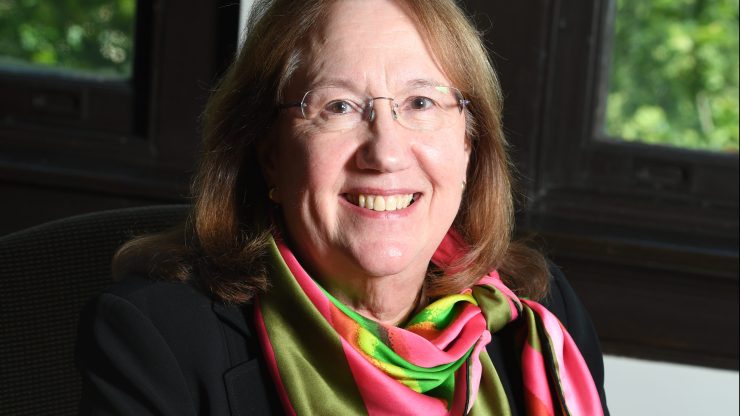MEd in the Health Professions
As America’s first research university, Johns Hopkins has been developing education leaders for more than 100 years.
Ranked among the top education grad schools by U.S. News & World Report, our School of Education offers world-class master’s, doctoral, and certificate programs to advance your career in education. At the Johns Hopkins School of Education, we’re not just educating our students — we’re shaping the future of education. Join world-renowned faculty and fellow scholars in making a meaningful, lasting impact.

Why the Johns Hopkins MEHP program?
Shape healthcare systems globally
Leverage your clinician educator expertise to influence health care policies and practices worldwide. You’ll lead initiatives that improve education and patient outcomes across diverse health systems and cultures.
Lead transformation in health education
Gain the skills to drive innovative educational strategies that improve healthcare delivery. You’ll become a catalyst for change by designing curricula that prepare clinicians to meet evolving patient needs.
Innovate clinical teaching and learning
Learn to apply evidence-based methods that enhance clinical education and foster lifelong learning. Your expertise will empower healthcare teams to adapt rapidly and deliver higher-quality care.
Why Johns Hopkins University?
Founded in 1876 as the nation’s first research university, Johns Hopkins has been advancing knowledge and bringing discoveries to the world for nearly 150 years. It was founded on the belief that teaching and research are interdependent, and that a modern university must do both well.
Today, Johns Hopkins remains a world leader in both teaching and research, with more than 21,000 undergraduate and graduate students studying with esteemed faculty members across nine world-class academic divisions.
A commitment to education
Dedicate yourself to enhancing student learning and performance. Our programs equip educators with innovative strategies rooted in the latest pedagogical research to empower every student to achieve their full potential. Transform your passion into measurable educational results with Johns Hopkins University by your side.
Advance education
Step into roles that shape educational landscapes. At Johns Hopkins, we cultivate leaders adept at navigating complex challenges in education. As a graduate, you’ll have the insight to inspire others, the knowledge to develop policy, and the ability to foster community and student success.
Lead, learn, launch
Lead the charge in applying research to practice. Our cutting-edge programs emphasize the importance of data-driven decisions in building systemic change in education around the world. Become empowered to initiate change that is substantiated by evidence, ensuring your contribution to education is both impactful and lasting.
At Johns Hopkins University, we believe that education is an essential catalyst of transformative impact. Education lays the foundation for researchers, changemakers, and innovators to save lives, improve communities, and find solutions to our world’s toughest challenges.
The Johns Hopkins Master of Education in the Health Professions (MEHP) program prepares health professionals to be leading clinical educators with evidence-based, culturally sensitive practices that improve the quality of patient care.
An internationally acclaimed collaboration of the Johns Hopkins schools of Education, Medicine, Business, Nursing, and Public Health, our MEHP program prepares a new generation of leaders in health professions education. The program integrates interdisciplinary expertise to provide the most effective theories, strategies, and measurements to ensure that our MEHP Fellows can teach the best patient care practices.
MEET OUR PROGRAM DIRECTOR
Toni Ungaretti
Program Director, Education in the Health Professions Program
“Health care is experiencing a profound transformation, from treating disease to keeping people health. We train clinicians educators to lead that transformation.”

This program, created in collaboration with the Johns Hopkins schools of Business, Education, Medicine, Nursing, and Public Health, prepares medical professionals to become education leaders in the health fields.
Interested? Learn more.

